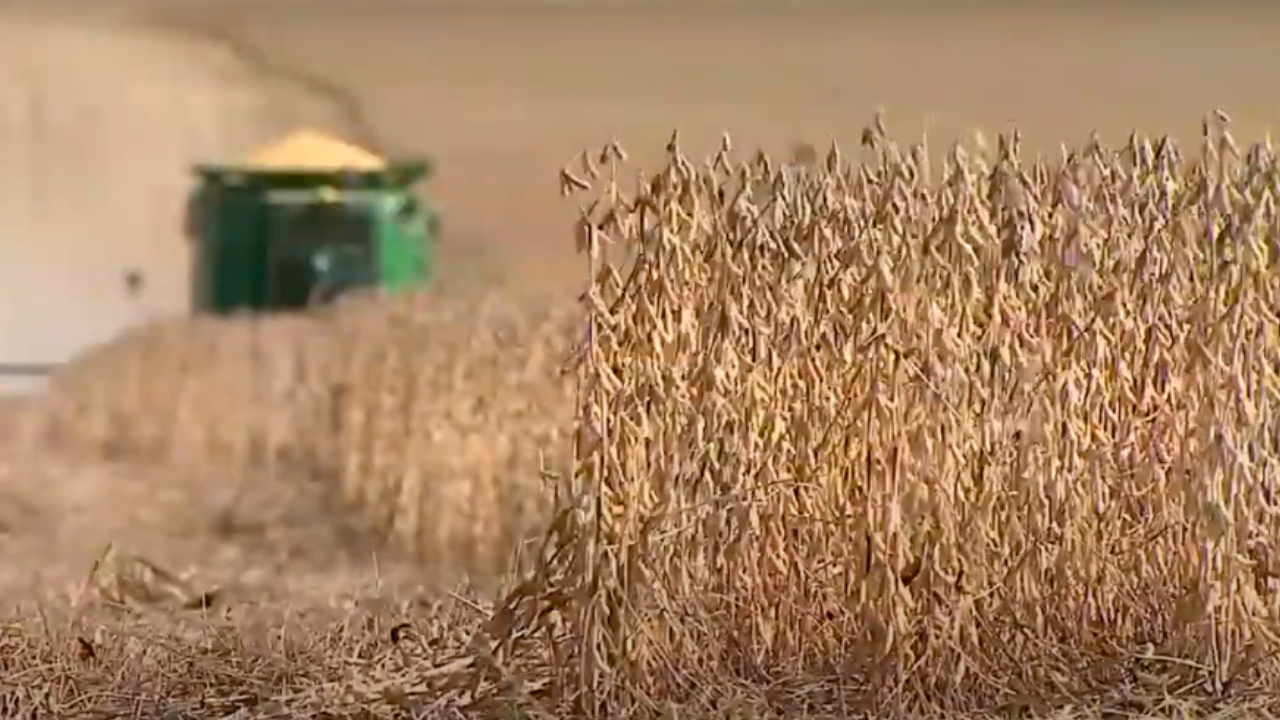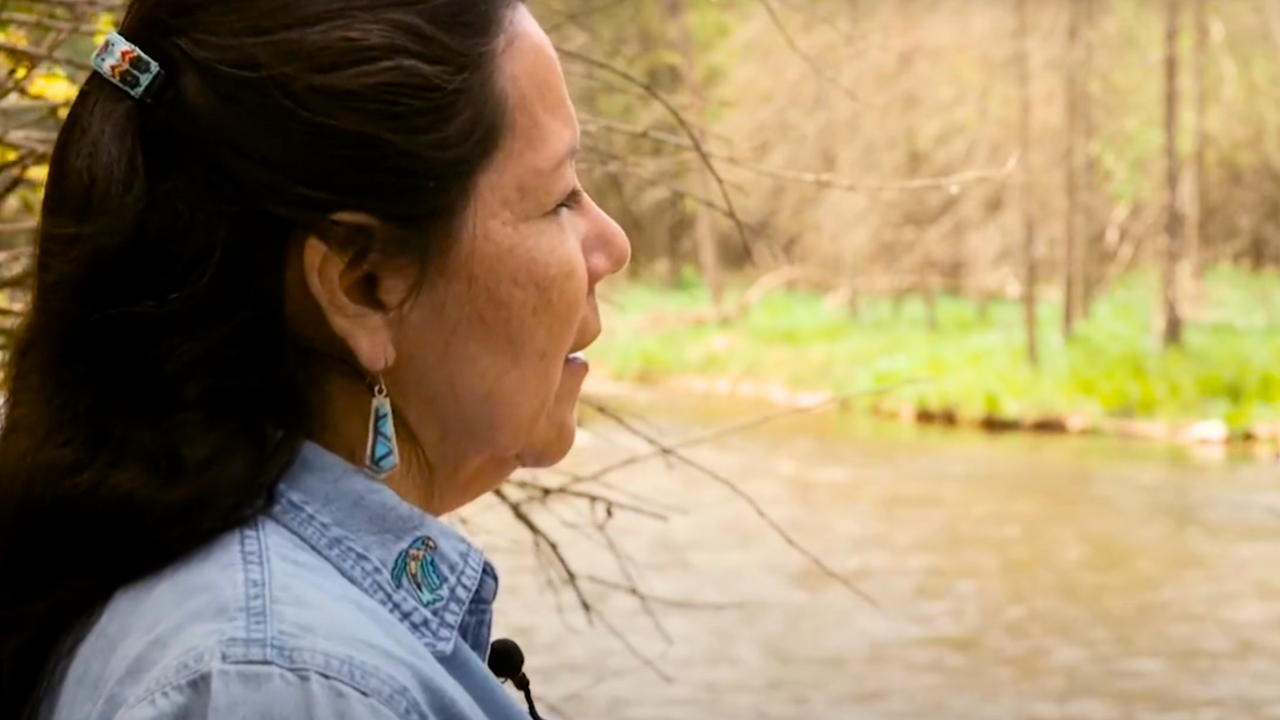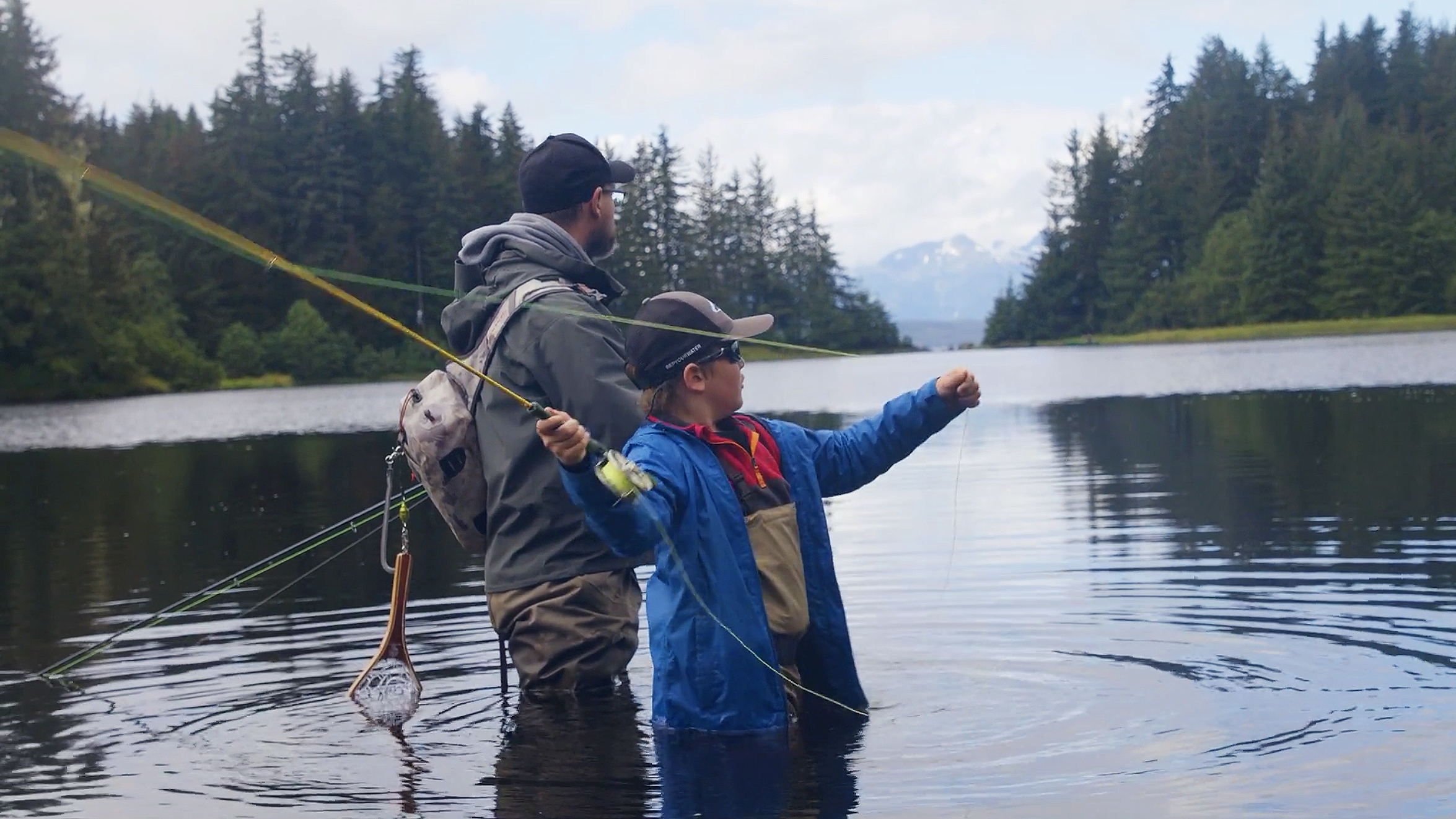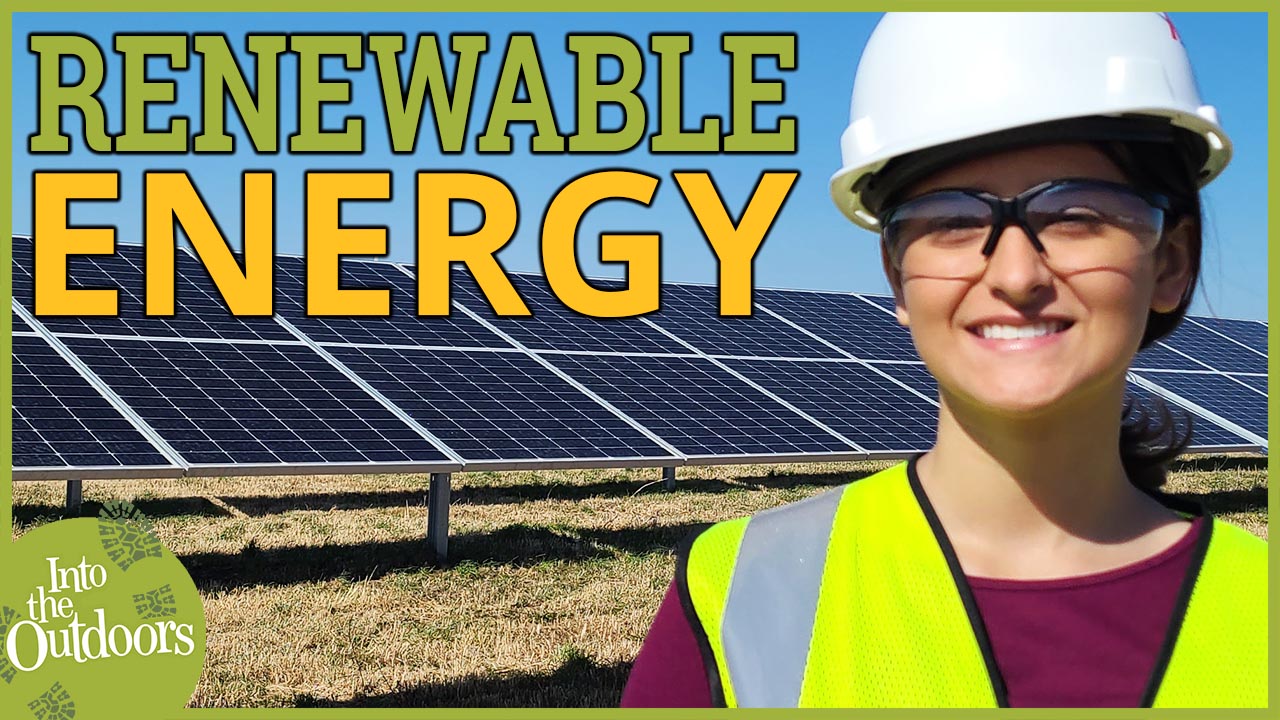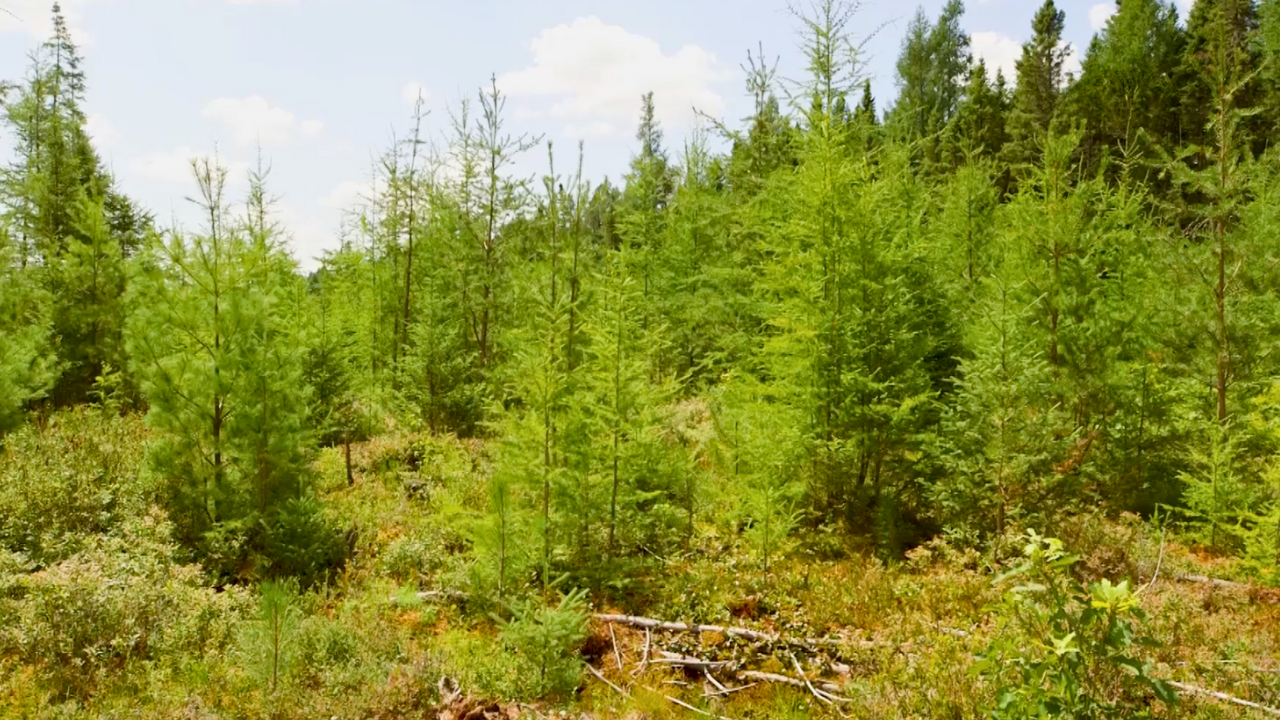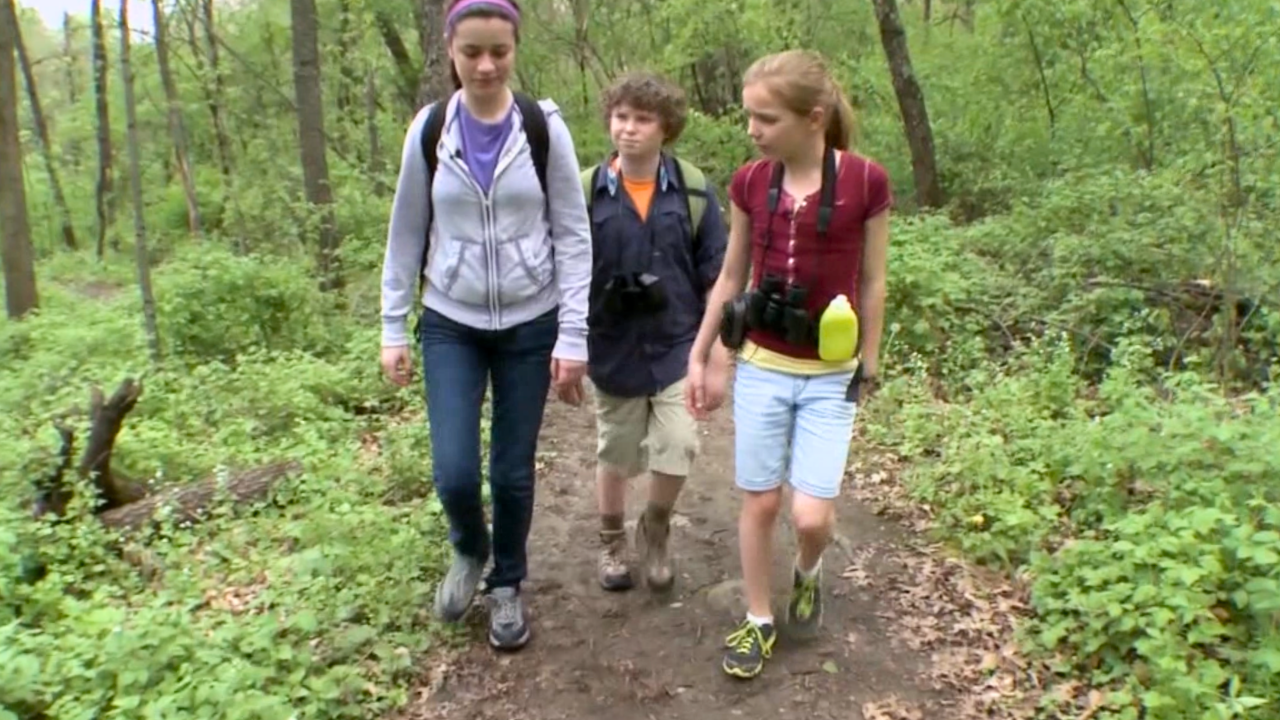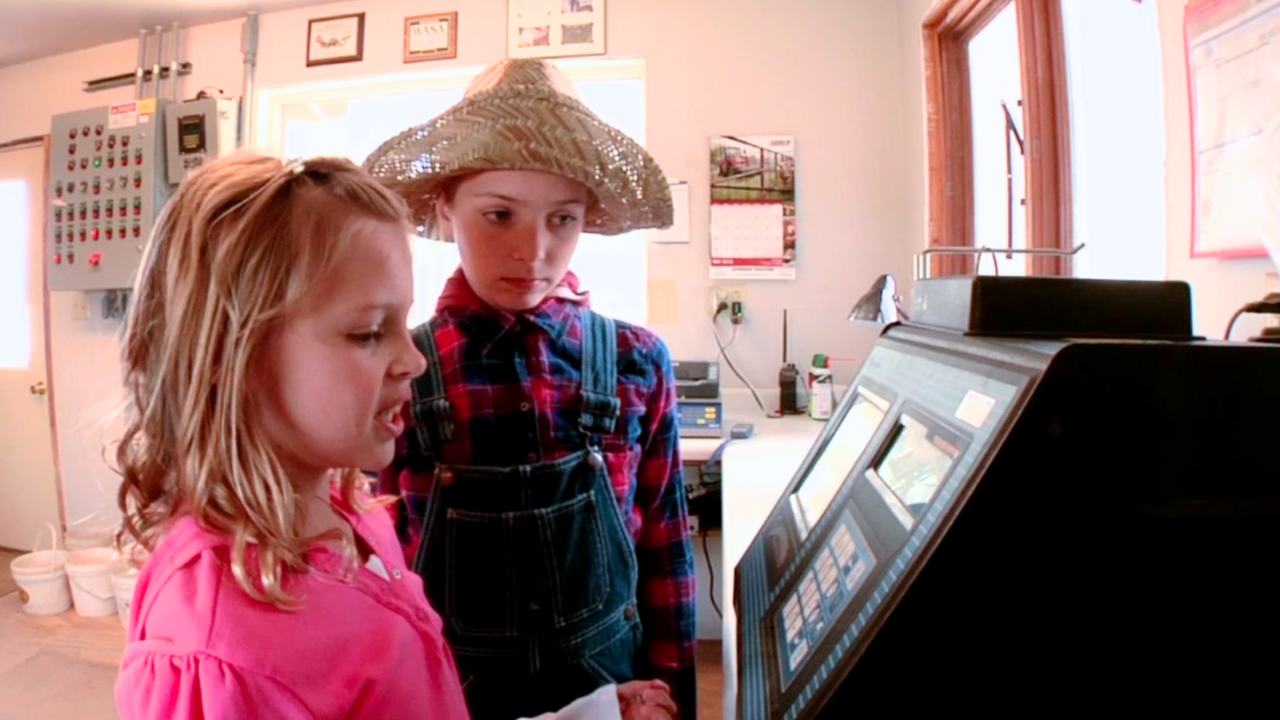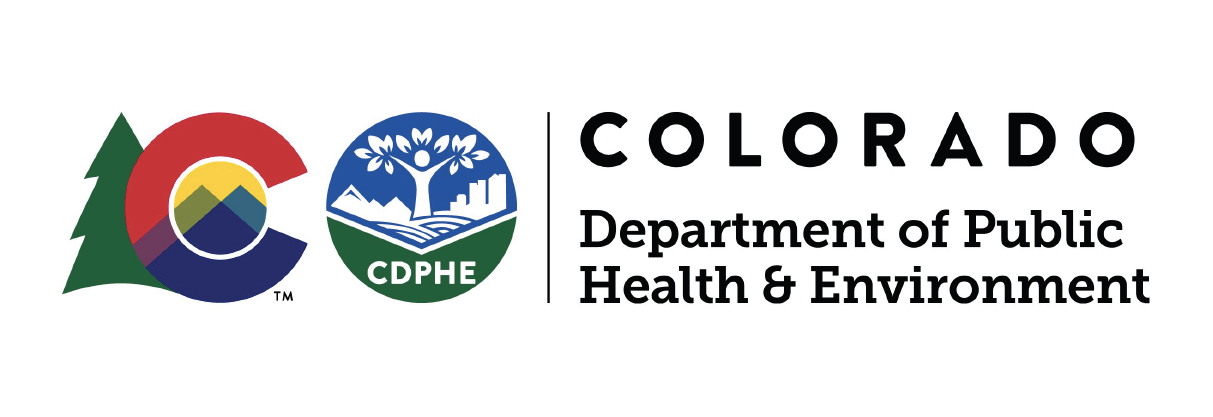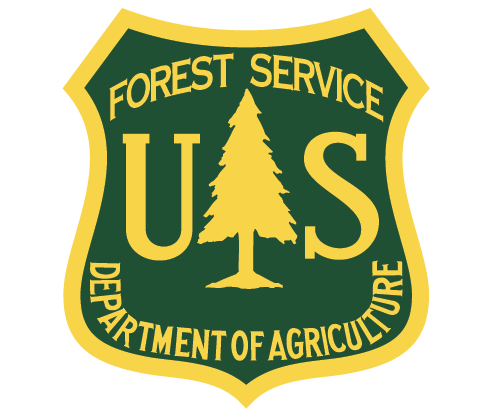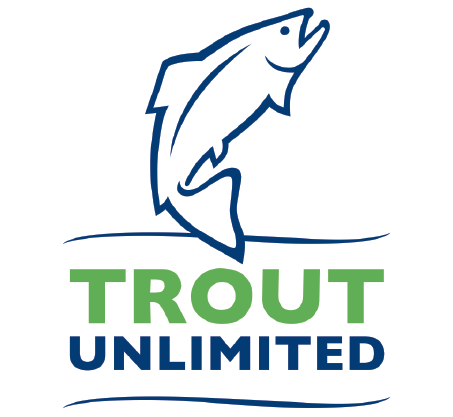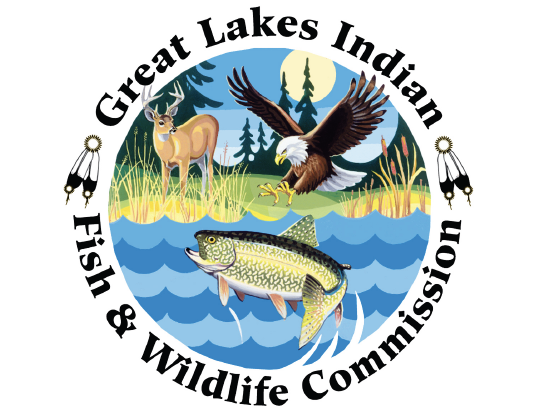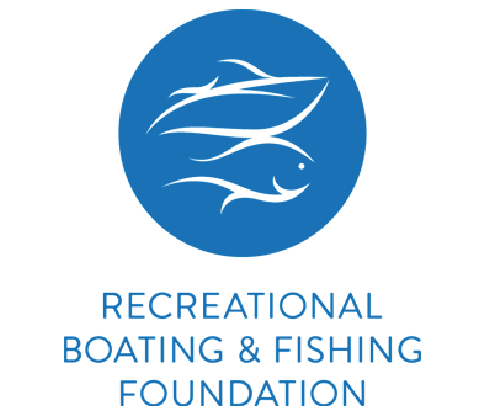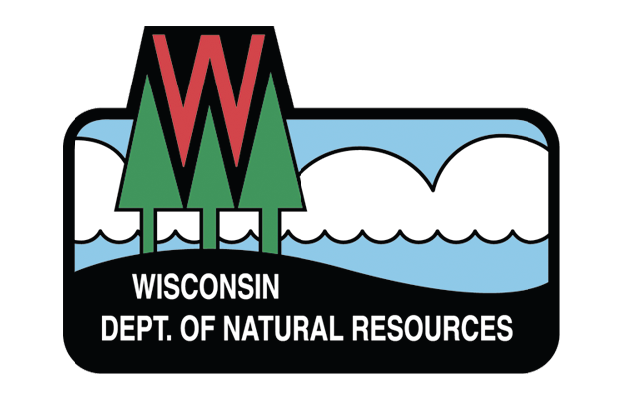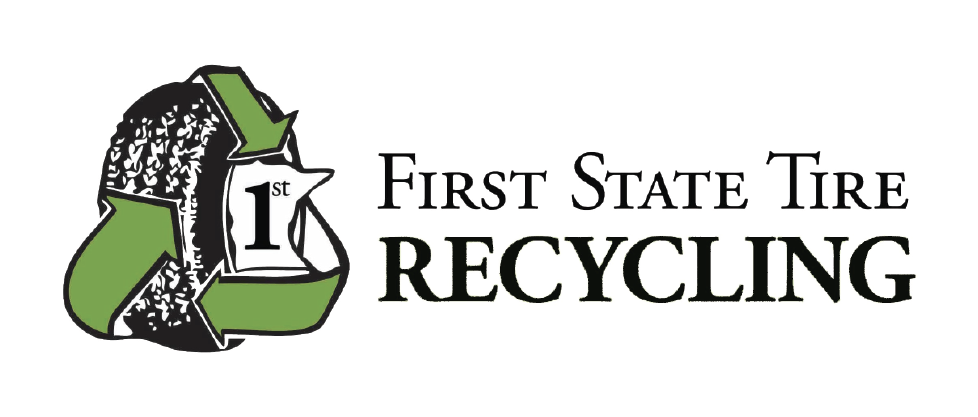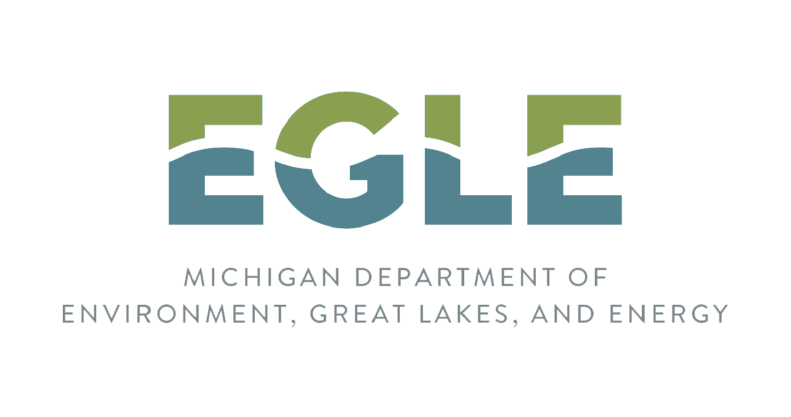The Science of Modern Biofuels
Okay, we admit that harnessing the biochemical reaction of yeasts converting the carbohydrates in corn mash into ethanol is pretty slick (as ancients discovered eons ago, though they didn’t use fancy enzymes in the process).
And we suppose the ancient cultures may have used the leftover fermented mash to feed animals. But unlike ages ago, today’s ethanol production facilities produce something called DDG or “dried distiller’s grain” that is shipped around the world.
Before we get into what we do with the co-products of ethanol production, let’s first get that ethanol into your fuel tank. The process is pretty straightforward. Once it’s extracted, it’s stored then shipped to terminals where it’s blended with conventional hydrocarbon based fuels such as gasoline. One very cool reason they blend it is that ethanol actually increases the “octane” or combustion performance of fuels plus reduces burnt fuel emissions. That’s one “two-for” in dealing with ethanol. Watch the video here to get the full story.
The second “two-for” is the co-products they produce from the by-products of the process. The first biggie is DDG (dried distiller’s grain). It’s a high-protein dried corn meal that is used primarily for animal feed for both livestock and poultry. It’s gained such widespread use that it’s shipped on freighters around the world and ultimately helps feed populations in distant lands such as the far-east nations.
And just when you thought you were done with the co-products, some engineer holds up a bottle of oil… distiller’s corn oil that’s a prime feed-stock that’s used in making biodiesel. But that’s another story for later on. Be sure to check out those biodiesel science videos and lesson under the Energy category.
To further decode the technology of ethanol and co-product production, have your teacher download the lesson activities below for hours of peer-driven learning in your classroom with your peeps. You can also learn lots more by reading the advanced information in the Learn More section below by clicking on the icon.
To learn about the production of biodiesel, another important biofuel, explore our videos and lessons ethanol. You’ll find them in the Energy Category on the Home page.
For fun, also take a moment and check out the jazzed ethanol industry careers video on the right. Then, click the link of our educational partner here to dig even deeper into the science of ethanol production.
Full Video
Classroom Videos
Biochemical Reactions
BioEnergy “Two-For”
Waste Oils Into Biodiesel
Biodiesel Reactions In Action
Classroom Assets
Biofuels Discussion Guide

